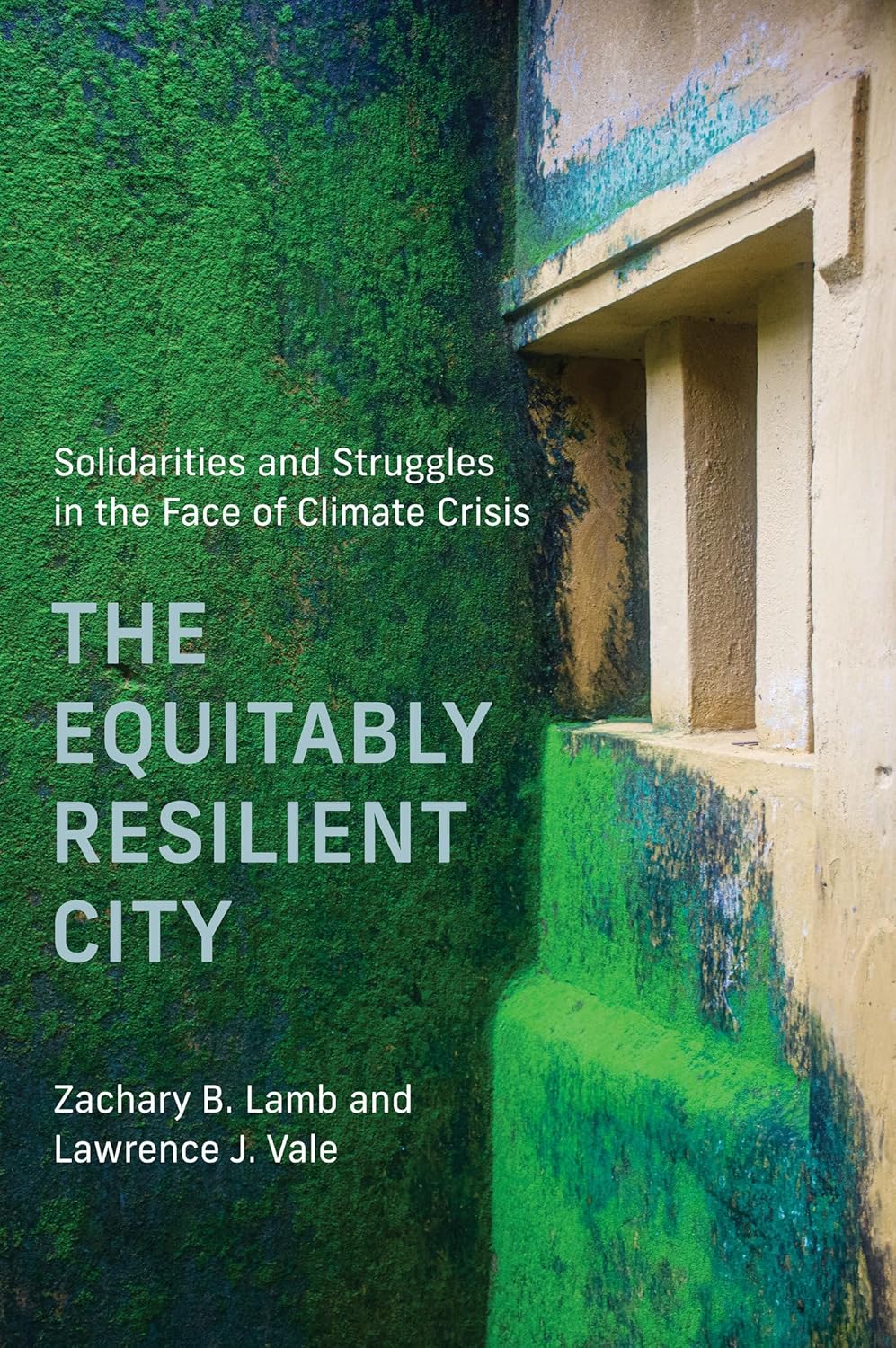Whenever the ground starts to shake in the Bay Area, many wonder, “Is this the Big One?” Seismologist Roland Bürgmann, head of the Active Tectonics Research Group (ATRG) at UC Berkeley, is trying to characterize local faults to help predict future tremors and build a better understanding of why some faults move, or creep, while others remain stationary. “Most faults, including the San Andreas Fault, are completely stuck in the upper ten miles or so and only slip when you have a big earthquake,” explains Bürgmann.
To learn more about local fault movement, ATRG scientists are modeling the creep by combing high resolution GPS measurements with data from interferometric synthetic aperture radar, or InSAR. InSAR is a satellite-based tool that bounces radar waves off the surface of the earth to create a 3D map. Seismologists combine these maps with GPS data to see the horizontal movement and changes in ground height that indicate fault creep over time.
Previous mapping shows that the Hayward fault—which famously runs under California Memorial Stadium—moves consistently, but according to Bürgmann, “There are enough stuck patches that we still have big earthquakes like the 1869 earthquake.” His research group is now turning to other nearby faults, like the Rodger’s Creek Fault north of San Pablo Bay, to see if they present a similar hazard. The scientists recently learned that Rodger’s Creek does appear to creep, but the movement is slow and hard to see with the current data. They hope that additional satellite measurements and further analysis will help resolve these uncertainties and enable more predictive and proactive management of the Bay Area’s earthquake risks.
 Satellite measurements are aiding our understanding of California's earthquakes
Satellite measurements are aiding our understanding of California's earthquakes
Katie Deets is a graduate student in molecular & cell biology
Design: Mackenzie Kirchner-Smith
This article is part of the Spring 2019 issue.





